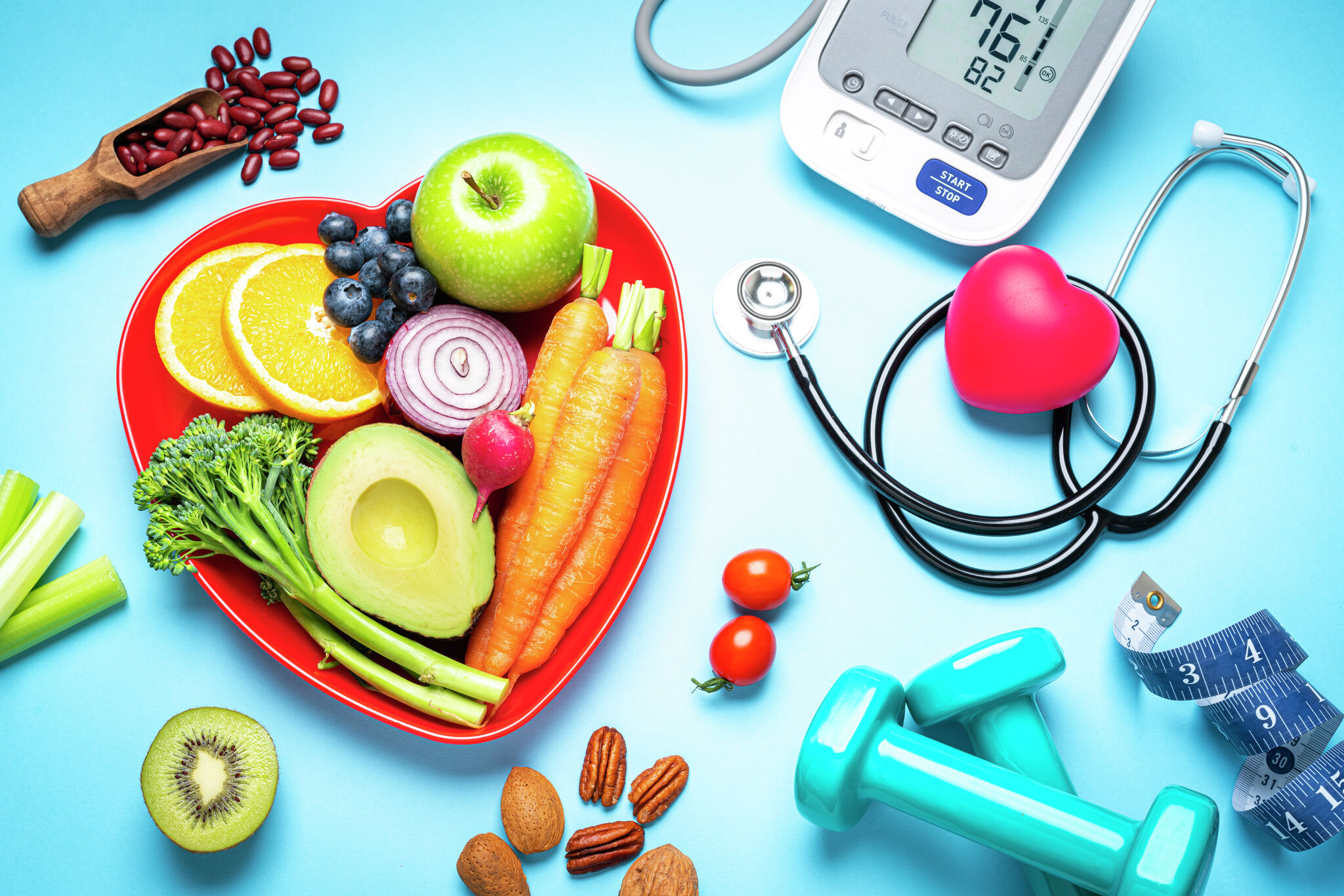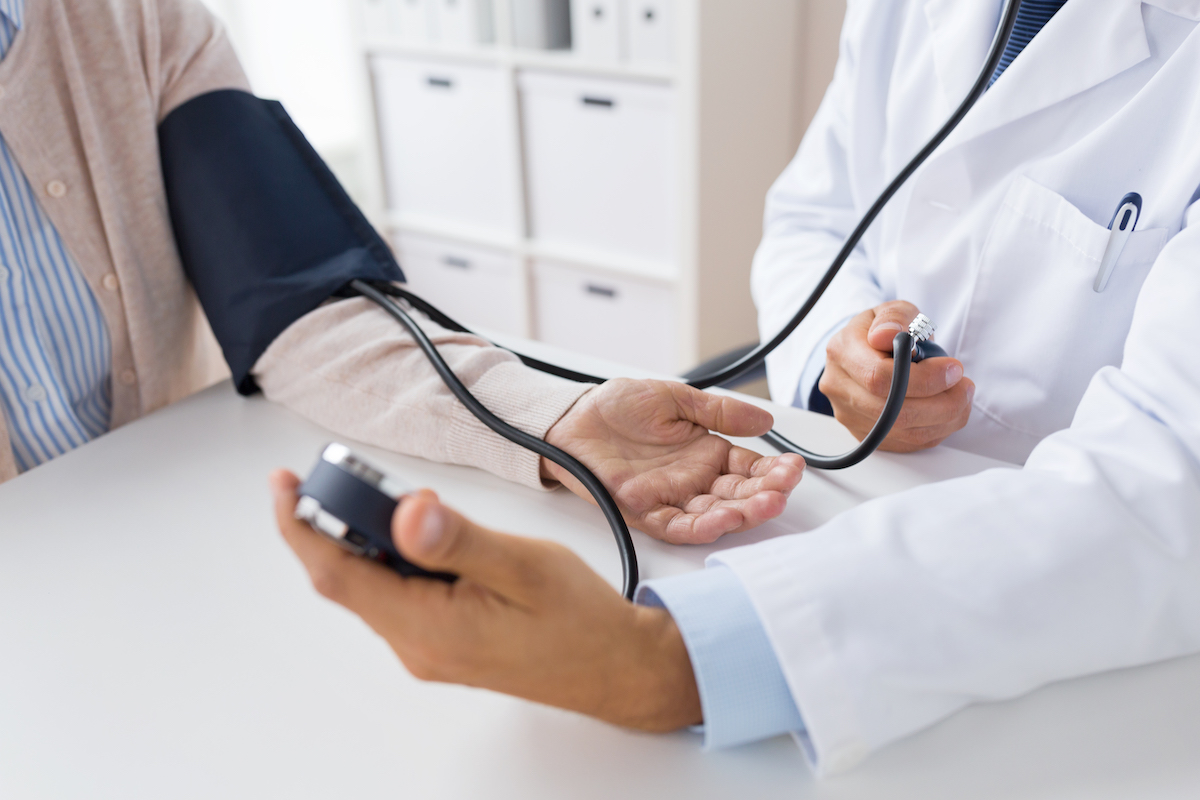High blood pressure, also known as hypertension, is a common condition that occurs when the force of blood against the artery walls is too high. It is often referred to as the “silent killer” because it usually has no symptoms, but can lead to serious health problems if left untreated.
There are several signs of high blood pressure that you should be aware of, including:
- Headaches: High blood pressure can cause headaches, especially in the back of the head and neck.
- Chest pain: If your blood pressure is too high, you may experience chest pain or discomfort.
- Difficulty breathing: High blood pressure can make it difficult to breathe, especially when you are lying down.
- Fatigue: If your blood pressure is elevated, you may feel tired or have low energy.
- Blurred vision: High blood pressure can cause changes in your vision, including blurry vision or seeing spots.
- Irregular heartbeat: High blood pressure can cause your heart to beat irregularly or faster than normal.
- Blood in the urine: In some cases, high blood pressure can cause blood in the urine.
It is important to monitor your blood pressure regularly and see a healthcare professional if you experience any of the above signs.
Treatment for high blood pressure typically involves lifestyle changes, such as eating a healthy diet, exercising regularly, and reducing stress. In some cases, medication may also be necessary to lower blood pressure. Some common medications used to treat high blood pressure include diuretics, beta blockers, angiotensin-converting enzyme inhibitors (ACE inhibitors), and angiotensin receptor blockers (ARBs).
Lifestyle changes that can help lower blood pressure include:
- Eating a healthy diet: A diet rich in fruits, vegetables, and whole grains can help lower blood pressure. It is also important to limit your intake of sodium, as it can raise blood pressure.
- Exercising regularly: Regular physical activity can help lower blood pressure and improve overall health. Aim for at least 30 minutes of moderate-intensity exercise, such as brisk walking, every day.
- Reducing stress: Chronic stress can contribute to high blood pressure, so it is important to find ways to manage stress, such as through relaxation techniques like meditation or yoga.
- Limiting alcohol intake: Excessive alcohol consumption can raise blood pressure, so it is important to limit your intake to no more than two drinks per day for men and one drink per day for women.
- Quitting smoking: Smoking can damage the blood vessels and raise blood pressure, so quitting can help lower your risk of high blood pressure.
By making these lifestyle changes and working with a healthcare professional, you can effectively manage high blood pressure and reduce your risk of serious health problems. It is also important to regularly monitor your blood pressure and see a healthcare professional regularly to ensure that it is well-controlled.

 Home
Home Health
Health Diet & Nutrition
Diet & Nutrition Living Well
Living Well More
More












